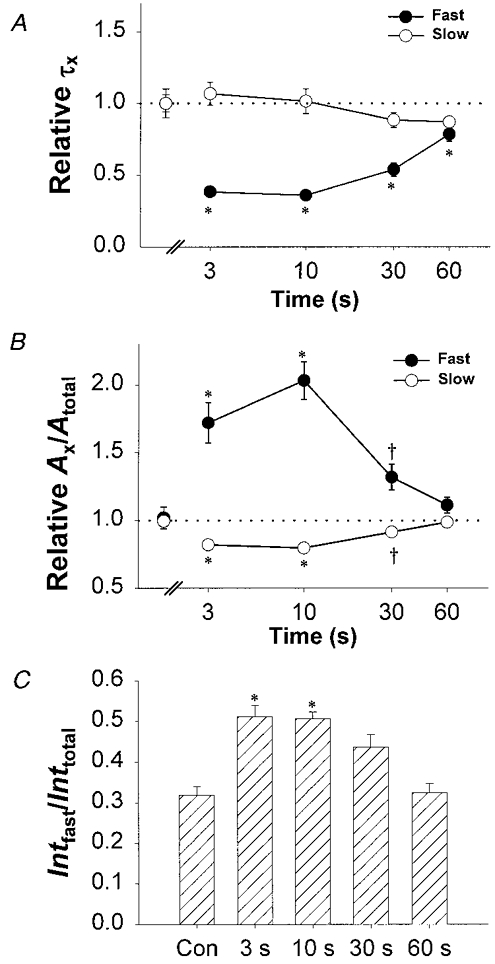Figure 4. Kinetic parameters of accelerated L-current.

A, effects of the repriming duration (3, 10, 30 and 60 s) on the mean relative values of τfast (•) and τslow (○). Values of relative τfast and τslow for each repriming duration were obtained by dividing by the corresponding value obtained in the absence of a prepulse (control: τfast = 9.7 ± 0.8, n = 60; and τslow = 88.6 ± 4.1, n = 60). Normalized control values are shown for comparison to the left of the break in the abscissa. Prolonged depolarization caused a significant (P < 0.001) reduction in relative τfast, but not relative τslow. B, effects of the repriming interval (3, 10, 30 and 60 s) on the mean relative values of Afast/Atotal (•) and Aslow/Atotal (○). Values of Afast/Atotal and Aslow/Atotal for each repriming interval were obtained by dividing by the corresponding value obtained in the absence of a prepulse (control: Afast/Atotal = 0.23 ± 0.02, n = 60; and Aslow/Atotal = 0.77 ± 0.02, n = 60). Normalized control values are shown for comparison to the left of the break in the abscissa. Prolonged depolarization caused significant alterations in relative Afast/Atotal and relative Aslow/Atotal at P < 0.001 (*) for 3 and 10 s repriming intervals and P < 0.01 (†) for the 30 s repriming interval. C, L-currents elicited following prolonged depolarization and brief repriming intervals (3 and 10 s) exhibit a significant (* P < 0.001) increase in the fractional contribution of the steady-state integral of the fast component of the current (Intfast/Inttotal).
